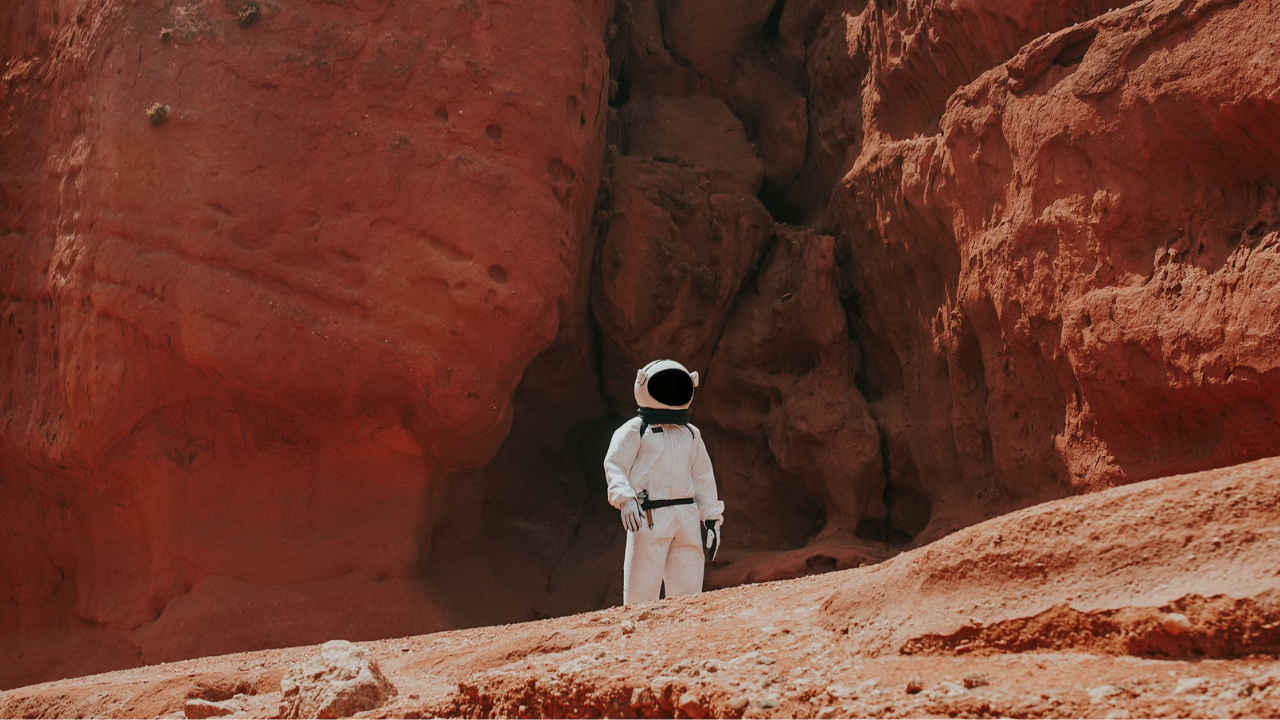NASA will send astronauts to Mars by 2035 to explore whether life is possible there or not
The Artemis missions aim to land humans on the Moon and develop the technologies and skills.
By practicing mining and purifying water from the Moon's ice deposits, astronauts will be better prepared for Mars.
Sending humans to Mars will be a round-trip mission that could last more than two years.

NASA is planning something big with its Artemis program, even bigger than going to the Moon. What is it? Well, the space administration now wants to send humans to Mars by 2035. The Artemis missions aim to land humans on the Moon and develop the technologies and skills, which are needed to survive there for months. By practicing how to mine and purify water from the Moon’s ice deposits, astronauts will be better prepared for Mars, and for the challenges that will arrive during the exploration. Survival on the Moon is said to play a crucial role in an attempt to live and work on Mars. Yes, you heard it right. This is a mission that is currently slated for 2035.
 Survey
SurveySending humans to Mars will be a round-trip mission that could last more than two years. It would take astronauts six to seven months just to get there, where they would spend up to 500 days exploring the Martian surface.
NASA’s Human Exploration of Mars Science Analysis Group has already highlighted the main objectives to guide these future missions. The biggest objective among them is whether life ever existed, or could still exist on Mars.
These missions to Mars are the next step for humanity to explore the universe. The recent success of Artemis I in November 2022, where NASA launched an uncrewed mission using the powerful Space Launch System (SLS) and Orion spacecraft, was a critical milestone. With Artemis III scheduled for 2026, astronauts will soon be landing at the Moon’s south pole.
Mars is a dry and barren planet today, but once it had a thick atmosphere and abundant liquid water, which was very much like early Earth. Between three and four billion years ago, the red planet had rivers, lakes, and even oceans. But then something happened and it all changed to a red desert. Scientists want to study how Mars lost its water and atmosphere which is a critical question for them, and the answers could also help them understand planetary evolution, including Earth’s own history.
Also watch:
Mustafa Khan
Mustafa is a young tech journalist who tells it like it is, cutting through buzzwords to deliver straightforward smartphone reviews. He’s the office go-to for insider tips and quick demos, and his video content doesn’t waste anyone’s time. When he’s off the clock, he geeks out over cars, photography, and hunting down the best spot for Indian food. View Full Profile